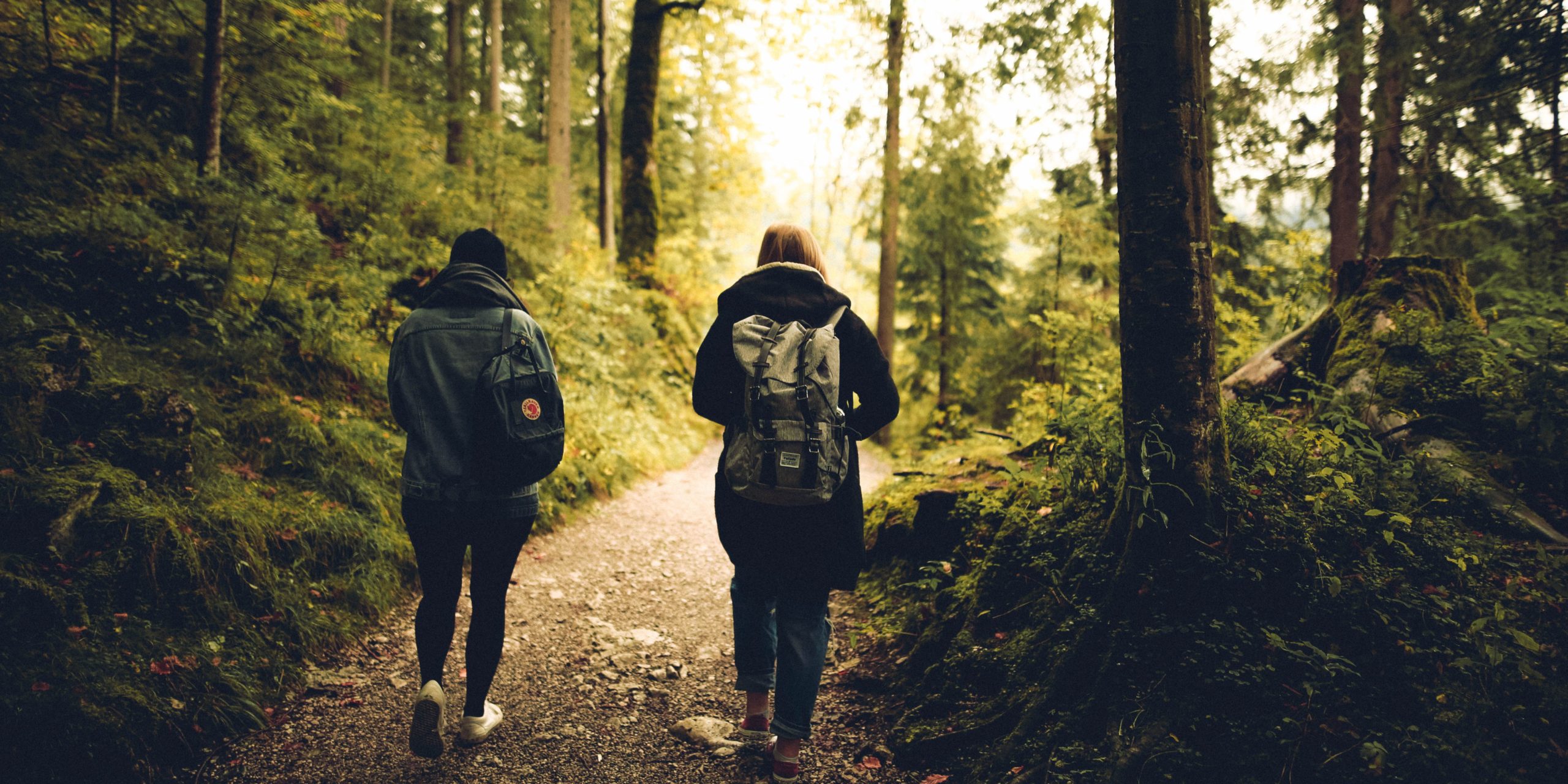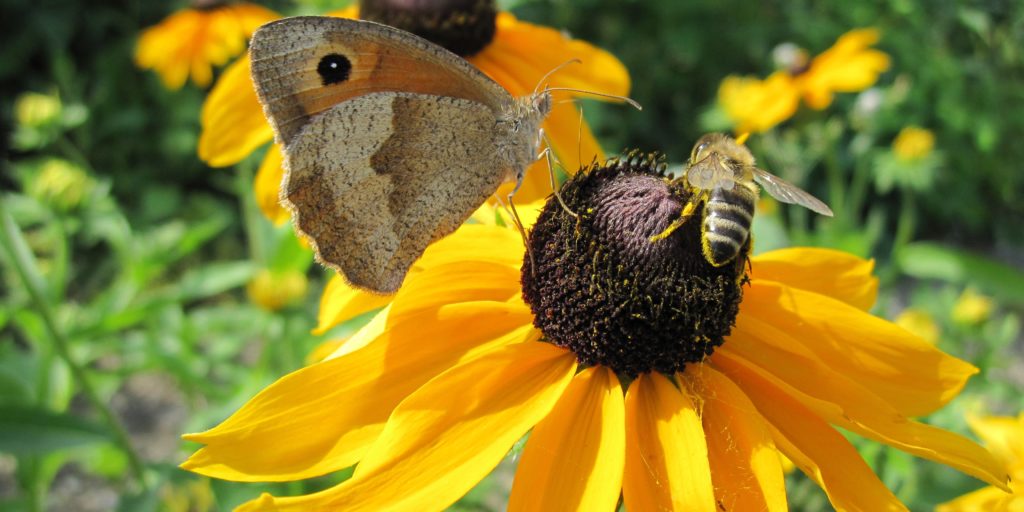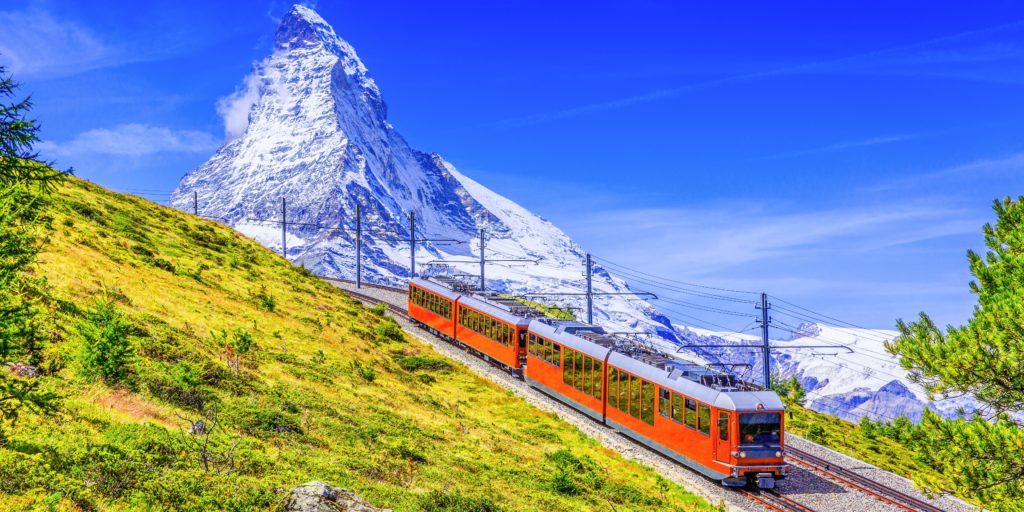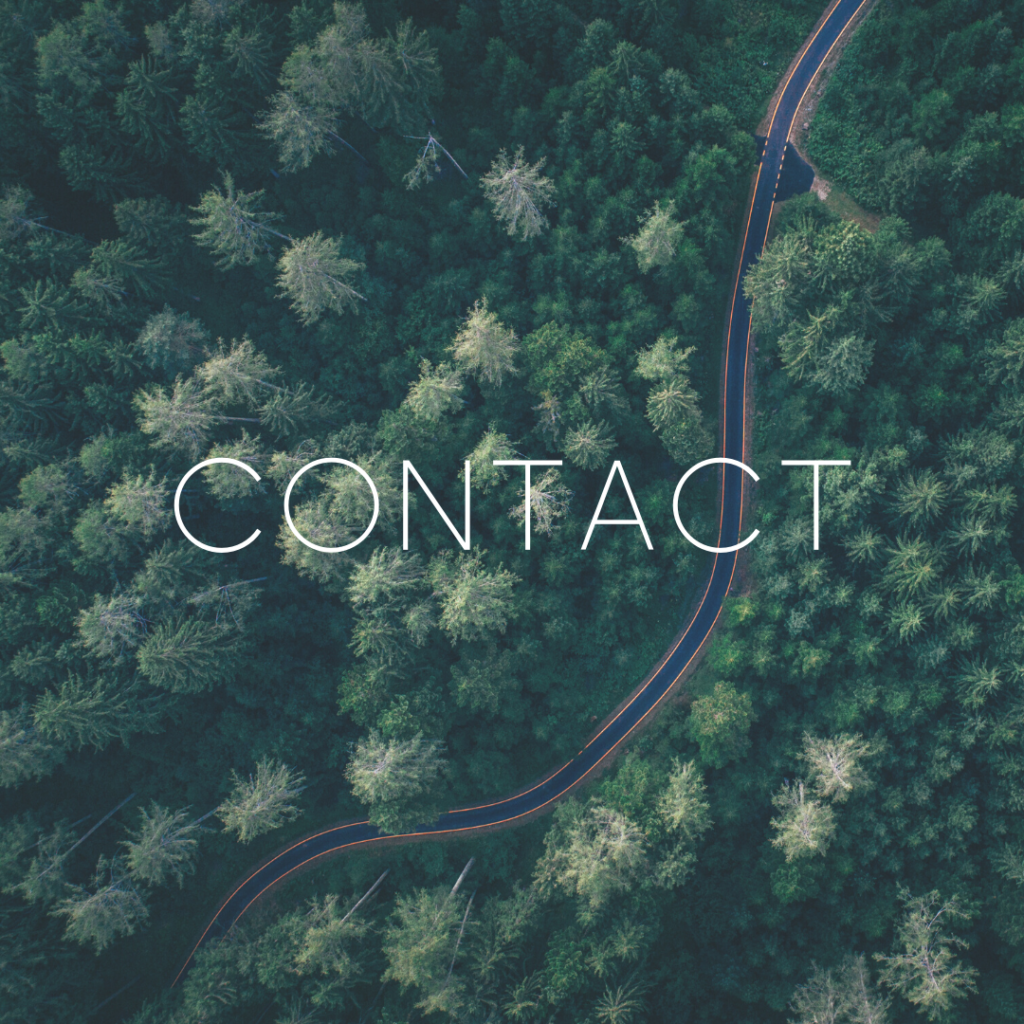“Why slow travels enhance your experience”
In an age when everything is speeding up – work, consumption, travel – travel is no exception to this frenzy. A succession of flights, cities and activities to ‘make the most’ of a few days off seems to have become the norm. However, another way of travelling is gradually taking hold: slow travel. Much more than just a trend, it’s a veritable philosophy that is transforming our relationship with time, space and, above all, each other.
🌀Understanding slow travel
Slow travel is a travel philosophy born in reaction to mass tourism, characterised by a frantic race to discover multiple destinations in a limited time. With slow travel, travellers are encouraged to discover their chosen holiday destinations in a more human, respectful and attentive way. It invites people to slow down, stay longer and get a feel for the place they are visiting.
By adopting slow travel, you accept that you won’t be able to see everything in a short space of time, but you choose to take the time to discover a place by getting to know it over the course of a few days and through the encounters you make there.
This style of travel is no longer about a race to the exotic, but rather about immersion at a different pace. They prefer experiences to attractions, human relationships to selfies, silence to bustle. They slow down the pace to immerse themselves more deeply in the places they visit by staying for several days and visiting them on foot or by bike.
A slow holiday might be two weeks in a small village in Tuscany, frequenting the same market every morning. Or a month in an Asian city, learning the local cuisine, speaking a few words of the language and letting yourself be carried along by everyday life in the company of the locals. It’s a way of making travel a living parenthesis, rather than a simple programme to be completed. It’s a conscious approach that adds value to the experience.
♻️Slow travel and ecotourism: two similar but distinct concepts
Slow travel and ecotourism are often confused, as they are both part of a desire to travel more responsibly. But their objectives and practices are not quite the same.
Slow travel is based above all on time management and cultural immersion. It values staying longer in a place, travelling less often but better, and creating a bond with people and places. Respect for the environment is often a natural consequence, but it is not the heart of the concept. It encourages local consumption with real human interaction and cultural immersion.
Ecotourism, on the other hand, focuses on reducing the environmental impact of travel. It involves making specific choices: low-emission transport, eco-friendly accommodation, labelled tours and respect for ecosystems. It’s a more structured, often supervised, approach that explicitly aims to protect nature and make a positive contribution to local communities. It raises travellers’ awareness of conservation issues.
You could say that slow travel is an inward approach, a way of entering fully into a culture or a territory, while ecotourism is an ecological approach, more focused on the global impact of travel. But both can be perfectly compatible and mutually nourishing.
A slow traveller may well be an ecotourist, but he or she may also choose to stay in the city and discover local areas off the beaten track, supporting craftsmen and small businesses.
🥾 Moving away from mass tourism: how do you get started?
Moving from traditional tourism to a slower-paced approach requires a change in travel habits. We have been conditioned to live at a steady pace. In our daily lives, everything happens at high speed. From work to household chores, everything is organised to make the most of the little free time available. And this frenzy is reflected in travel, with the desire to see as much as possible in as little time as possible, because the holiday time allocated to employees is limited. Social networks, particularly Instagram, are accentuating this phenomenon by posting photos from all over the world, making us want to go there ourselves. It’s as if travelling has become a performance. Everything happens very quickly, and these are the characteristics of classic mass tourism. Slow travel is about letting go.
To do this, you need to start by rethinking the way you plan your trip. Rather than travelling to three different places in a fortnight, you can choose to stay in one region and explore it in depth. You learn to travel with less: fewer places, fewer kilometres, but more emotions. Slow travel takes time, and planning to stay in one place for a week or two allows you to explore the place in depth and connect with it.
The idea is to reconnect with the richest aspects of a place: encounters, discoveries and the unexpected. To do this, it can be useful to choose family-run accommodation, bed and breakfasts or self-catering cottages. Getting around on foot or using local transport such as buses or trains allows you to take the time to discover and explore the countryside. Getting involved in local or village life by taking part in craft workshops or attending cultural events is a great way to experience the culture of the place you are visiting. This enriches the experience and makes the journey a whole new experience.
Changing our habits also means accepting to be bored sometimes, to do nothing for an afternoon, to watch a place live without needing to ‘experience’ it. Slow travel teaches us patience, humility and presence.
🌿 Can you be a slow traveller on the other side of the world?
It’s an essential question in a world faced with the climate crisis: can you really claim to be a ‘slow traveller’ when you take a plane to cross the planet? The answer is nuanced. Slow travel does not prohibit long-distance journeys, but it does raise questions about the frequency, duration and meaning of travel.
In an ideal world, spending two or three months in a faraway country would make the flight’s carbon footprint worthwhile by fully immersing ourselves in the local culture. But the reality is different: most travellers have two or three weeks’ consecutive leave at best. This doesn’t mean that you shouldn’t travel far, but it does mean that you need to adapt the way you do it.
Even with limited time, it is possible to travel more slowly and consciously. This means making clear choices: rather than visiting 2-3 places in 18 days, why not choose just one? Rather than taking three domestic flights, why not explore a single region on foot, by bike or by train? Rather than staying in one hotel after another, you could stay with a local, or in a locally run ecolodge, and stay there for several days.
Slow travel, even to the other side of the world, is all about intention: slowing down, immersing yourself, prioritising the quality of the experience over the number of places you visit. By limiting internal travel, adapting to local rhythms and taking the time to experience life in the company of locals, you can give your trip much greater depth – even over a short period of time.
A three-week trip, if lived intensely and consciously, can be slower, richer and more transformative than a trip of the same length but visiting more places.
🧘🏼♀️The health benefits of slow travel
Travelling slowly not only transforms our relationship with the world: it has a profound effect on our well-being. Slow travel offers a space to reconnect with ourselves, our bodies and our natural rhythms.
On a mental level, it allows us to really let go.
By slowing down, you stop chasing time and your brain stops being over-stimulated. You take the time to feel, to contemplate, to reflect. This emptiness frees the mind, reduces anxiety and improves sleep quality.
Slow travel also encourages presence in the moment: you’re no longer thinking about the next destination or the flight home, but fully immersed in what you’re experiencing, here and now. This mindfulness has profound effects on emotional balance and mood.
On a physical level, it takes the strain off the body.
Fast journeys, with suitcases to lug around, queues and time zone changes, can be more exhausting than relaxing. A slow journey, on the other hand, allows the body to return to its natural rhythm. Less travel, less logistical stress, more gentle walking, more restful sleep.
Gentle modes of transport – train, bike, walking – are good for cardiovascular health, breathing and digestion. Eating locally, spending time outdoors and getting back to simple activities also contribute to a healthier lifestyle.
Lastly, it promotes a sense of well-being in relationships and emotions.
Spending more time in a place allows us to forge links, real human connections. It fosters a sense of belonging, trust and calmed curiosity. For couples, families or even solo travellers, it can be a source of rejuvenation and reconnection.
✨ Conclusion: Slowing down to restore meaning
Slow travel is a way of relearning how to live and travel. In a world where everything is speeding up, where we jump from one place to another like we zap a TV channel, slowing down becomes an act that is both simple and essential. It means rejecting the consumerism that turns travel into a product, and rediscovering a taste for the long haul, for contemplation, for putting down roots.
Travelling slowly means rediscovering the richness of unforeseen exchanges, and choosing the lived experience rather than the captured image. It doesn’t matter whether the journey lasts three weeks or three months, whether it takes place on the other side of the world or two hours from home: what counts is the quality of presence we bring to it.
Slow travel invites us to inhabit the world rather than pass through it, to look with curiosity rather than consume, to feel rather than accumulate.
Slow travel is a choice. And that choice starts today, with every journey, every diversions.
Illustrative photo: @canva.com
Internet sources:
- Wikipedia – Slow tourism
- Freedreams – Slow travel
- Detourodeyssey – Slow travel
- Assur-travel – Le slow travel pour voyager autrement
- Marchons.com – Le slow travel














